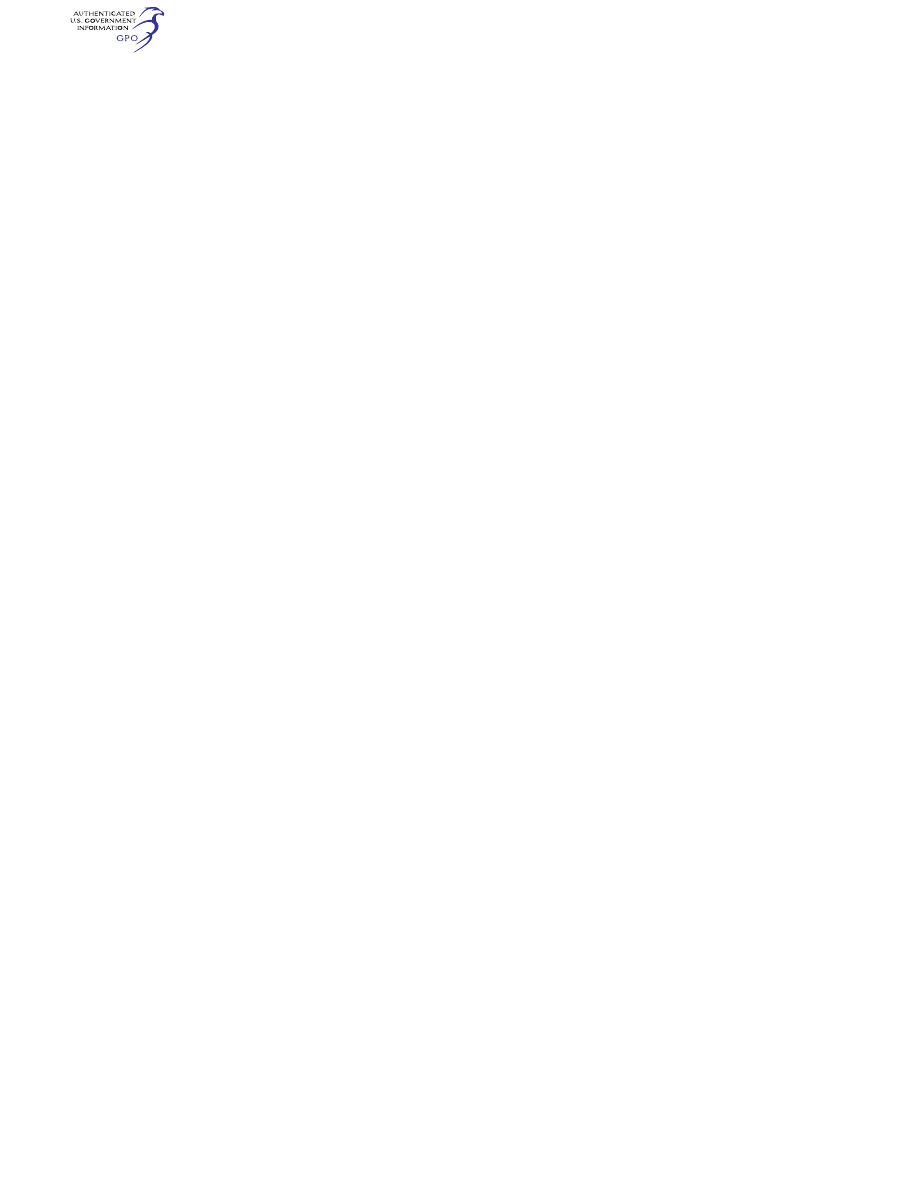
658
14 CFR Ch. I (1–1–24 Edition)
§ 29.1322
(4) The instrument that most effec-
tively indicates altitude or is most fre-
quently utilized in control of altitude
must be adjacent to and to the right of
the attitude instrument.
(c) Other required powerplant instru-
ments must be closely grouped on the
instrument panel.
(d) Identical powerplant instruments
for the engines must be located so as to
prevent any confusion as to which en-
gine each instrument relates.
(e) Each powerplant instrument vital
to safe operation must be plainly visi-
ble to appropriate crewmembers.
(f) Instrument panel vibration may
not damage, or impair the readability
or accuracy of, any instrument.
(g) If a visual indicator is provided to
indicate malfunction of an instrument,
it must be effective under all probable
cockpit lighting conditions.
(Secs. 313(a), 601, 603, 604, and 605 of the Fed-
eral Aviation Act of 1958 (49 U.S.C. 1354(a),
1421, 1423, 1424, and 1425); and sec. 6(c), Dept.
of Transportation Act (49 U.S.C. 1655(c)))
[Doc. No. 5084, 29 FR 16150, Dec. 3, 1964, as
amended by Amdt. 29–14, 42 FR 36972, July 18,
1977; Amdt. 29–21, 48 FR 4391, Jan. 31, 1983]
§ 29.1322
Warning, caution, and advi-
sory lights.
If warning, caution or advisory lights
are installed in the cockpit they must,
unless otherwise approved by the Ad-
ministrator, be—
(a) Red, for warning lights (lights in-
dicating a hazard which may require
immediate corrective action);
(b) Amber, for caution lights (lights
indicating the possible need for future
corrective action);
(c) Green, for safe operation lights;
and
(d) Any other color, including white,
for lights not described in paragraphs
(a) through (c) of this section, provided
the color differs sufficiently from the
colors prescribed in paragraphs (a)
through (c) of this section to avoid pos-
sible confusion.
[Amdt. 29–12, 41 FR 55474, Dec. 20, 1976]
§ 29.1323
Airspeed indicating system.
For each airspeed indicating system,
the following apply:
(a) Each airspeed indicating instru-
ment must be calibrated to indicate
true airspeed (at sea level with a stand-
ard atmosphere) with a minimum prac-
ticable instrument calibration error
when the corresponding pitot and stat-
ic pressures are applied.
(b) Each system must be calibrated
to determine system error excluding
airspeed instrument error. This cali-
bration must be determined—
(1) In level flight at speeds of 20
knots and greater, and over an appro-
priate range of speeds for flight condi-
tions of climb and autorotation; and
(2) During takeoff, with repeatable
and readable indications that ensure—
(i) Consistent realization of the field
lengths specified in the Rotorcraft
Flight Manual; and
(ii) Avoidance of the critical areas of
the height-velocity envelope as estab-
lished under § 29.87.
(c) For Category A rotorcraft—
(1) The indication must allow con-
sistent definition of the takeoff deci-
sion point; and
(2) The system error, excluding the
airspeed instrument calibration error,
may not exceed—
(i) Three percent or 5 knots, which-
ever is greater, in level flight at speeds
above 80 percent of takeoff safety
speed; and
(ii) Ten knots in climb at speeds from
10 knots below takeoff safety speed to
10 knots above V
Y
.
(d) For Category B rotorcraft, the
system error, excluding the airspeed
instrument calibration error, may not
exceed 3 percent or 5 knots, whichever
is greater, in level flight at speeds
above 80 percent of the climbout speed
attained at 50 feet when complying
with § 29.63.
(e) Each system must be arranged, so
far as practicable, to prevent malfunc-
tion or serious error due to the entry of
moisture, dirt, or other substances.
(f) Each system must have a heated
pitot tube or an equivalent means of
preventing malfunction due to icing.
[Doc. No. 5084, 29 FR 16150, Dec. 3, 1964, as
amended by Amdt. 29–3, 33 FR 970, Jan. 26,
1968; Amdt. 29–24, 49 FR 44439, Nov. 6, 1984;
Amdt. 29–39, 61 FR 21901, May 10, 1996; Amdt.
29–44, 64 FR 45338, Aug. 19, 1999]
§ 29.1325
Static pressure and pressure
altimeter systems.
(a) Each instrument with static air
case connections must be vented to the
VerDate Sep<11>2014
09:06 Jun 28, 2024
Jkt 262046
PO 00000
Frm 00668
Fmt 8010
Sfmt 8010
Y:\SGML\262046.XXX
262046
jspears on DSK121TN23PROD with CFR
